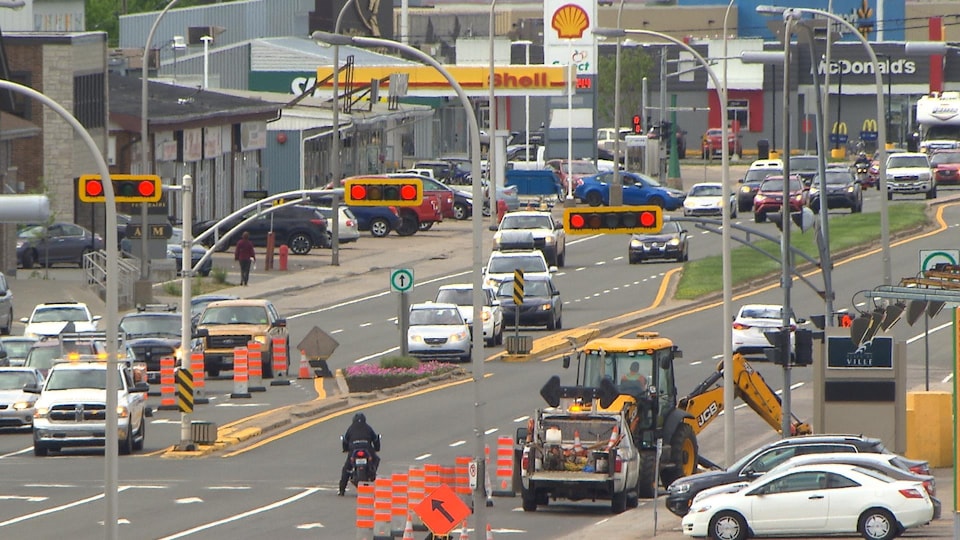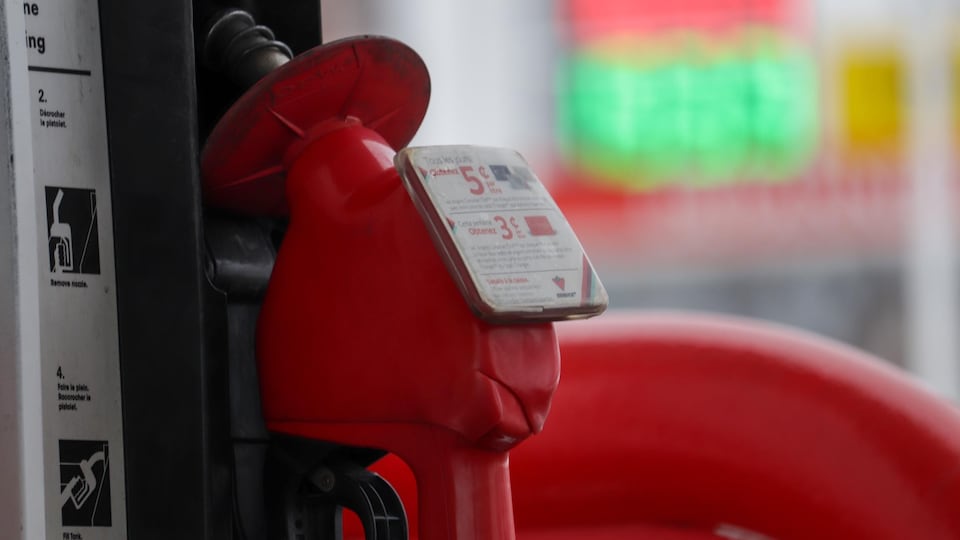This is at least the observation made by the Institute for Socioeconomic Research and Information (IRIS), which unveiled Thursday its eighth annual study on viable income in Quebec, a concept developed by the Institute to determine what It costs a lot to live with dignity, without fear of falling into poverty at the first opportunity.
A viable income is a measure of getting out of poverty and then of a dignified life. Account is taken of the expenses necessary to achieve a certain standard of living [dont] accommodation, transportation [et] food, but we also include a margin of maneuver to be able to make choices [et] deal with the unexpected
explains in an interview with Radio-Canada Julie Posca, researcher at theIRIS.
The Institute sees it as a complementary measure, but above all fairer and more exhaustive than the Market Basket Measure, which is only concerned with the coverage of basic needs.
7 cities studied
As it has been doing for some years now, theIRIS established the sustainable income of three types of households, in seven localities in Quebec.
To achieve a dignified standard of living without poverty in Quebec in 2022, the Institute calculates that a household made up of a single person needs an income after taxes and transfers of between $25,128 and $34,814. , depending on where they live.
While living income experienced relatively modest increases of 2.75% in Montreal and 2.84% in Saguenay, it jumped 5.16% in Gatineau and 6.76% in Sept-Îles.
These disparities are partly explained by transport costs. For a city like Sept-Îles, where public transit does not allow you to travel to school, daycare or work as well as in Montreal, for example, theIRIS includes in its calculation of viable income the expenses associated with owning a car.
car addiction
With gasoline prices that have crossed the $2 per liter mark in several localities in Quebec, having a vehicle is even more expensive in 2022 compared to the previous year.
Energy costs have increased and this has increased the level of sustainable income, especially for people who live in cities where there is a high dependence on the automobile
says Julia Posca.
This is without counting the price increases affecting other consumer products. Note that inflation reached 6.7% in March in Canada, a level never seen in more than 30 years.
According to’IRISthe influence of the price of gas on living income militates in favor of additional investments in public transport.
” Developing public transit remains an effective measure to combat the cost of living, particularly in cities where this [type de] transportation is poorly developed. »
L’IRIS considers that its study on viable income shows that it is impossible for a single person to live decently on social assistance ($10,673), social solidarity ($15,017) or long-term social solidarity duration ($18,161).
$500 check
The one-time payment of $500 offered by the Legault government to people with incomes of up to $100,000 does not allow the recipients of this assistance to achieve an income deemed viable.
If the government really wanted to fight against poverty, it would have to substantially increase this aid.
argues Julia Posca.
The same observation applies to people who work full time (35 hours per week) at minimum wage.
Miss to win
The latter may have recently increased from $13.50 to $14.25 an hour in Quebec, but it does not allow you to reach an annual income of more than $24,174.
So that the lowest wage earners can live with dignity, theIRIS estimates that the minimum wage should reach at least $18 an hour.
Again, this would be insufficient to make ends meet in cities where viable income is higher.
With information from David Remillard
Reference-ici.radio-canada.ca


